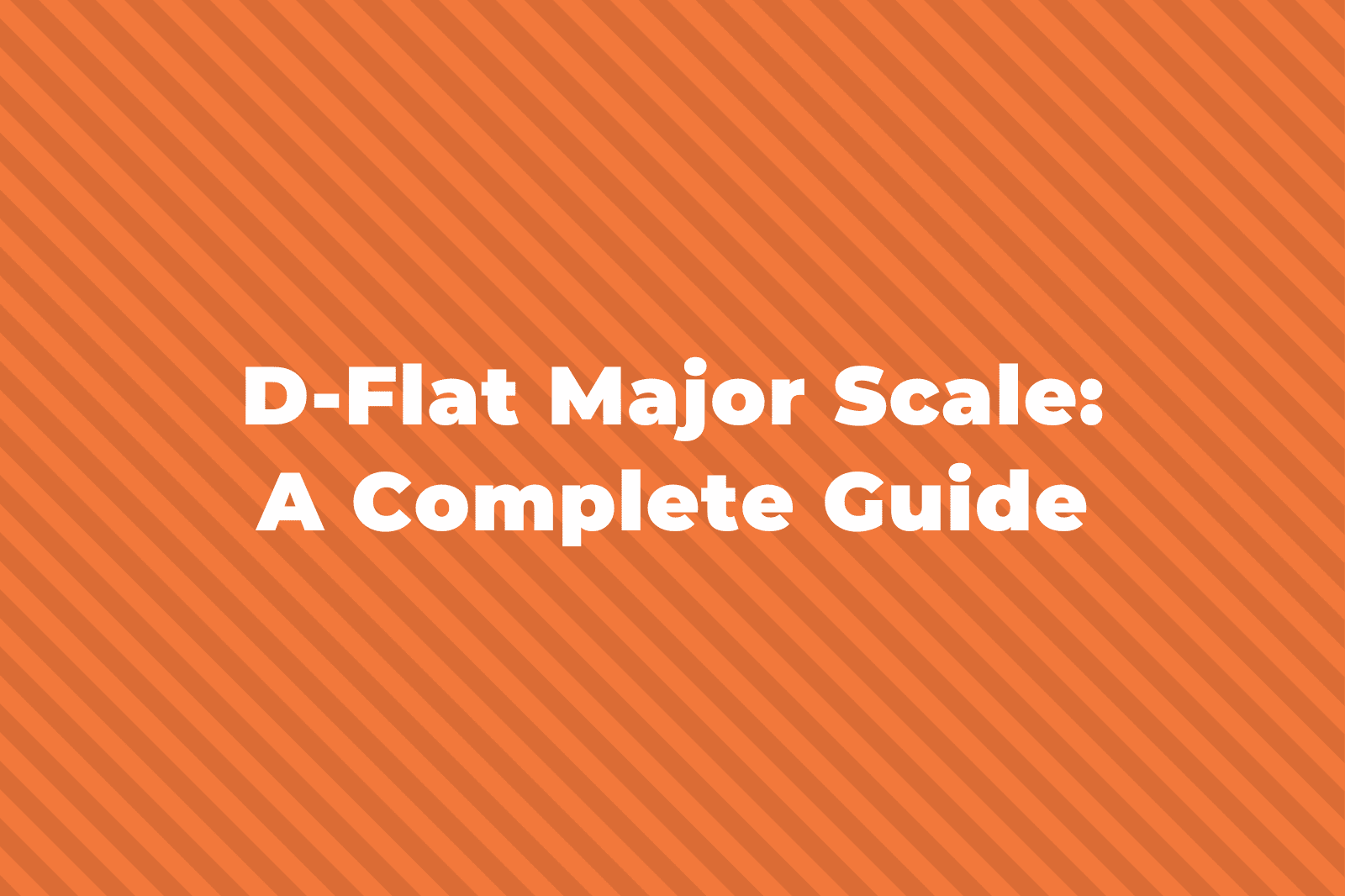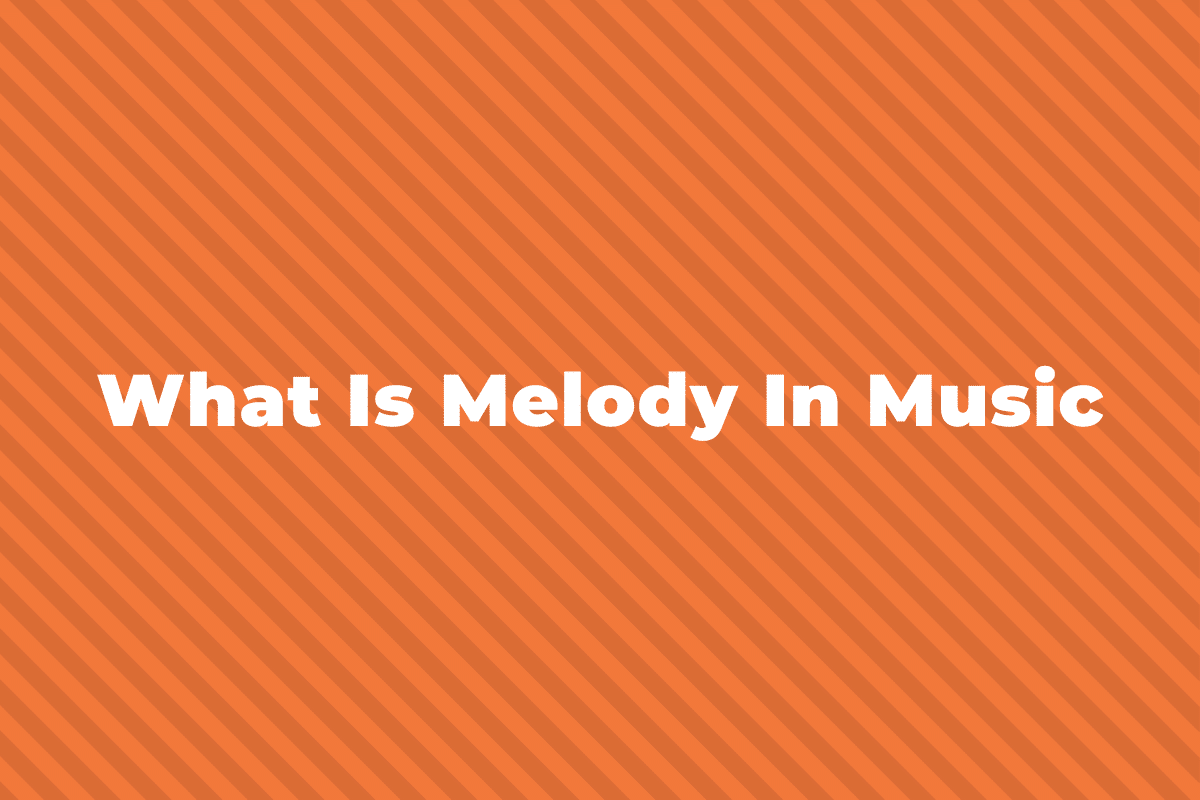In music, when describing how loud a piece of music is we use a series of symbols and Italian words called dynamics. These are how musicians know whether to play loudly, softly, or somewhere in between.
In this post, I’ll cover all the different musical terms that we use to describe music as loud. Let’s get started.
Loud in Music Terms
The musical term for playing loudly is called forte.
It’s pronounced ‘for-tay’ and comes from the word for strong in Italian.
The opposite of forte is piano, which is the musical term for soft.
When reading music, you’ll usually see it written as a capital letter F below the music as shown below.

What About Very Loud
If you want to notate for the musician to play even louder, you can add the suffix issimo to get fortissimo (ff) which means very loud.

You can keep on going by adding iss to get fortississimo (fff) which means very, very loud and even fortissississimo (ffff) which means very, very, very loud but this is more rare and you won’t see if very often.


The Musical Term for Moderately Loud
When you want the music to be moderately loud, we have one more music term called mezzo forte.
Mezzo means moderately and, when coupled with forte is abbreviated to the letters mf.

Chart of Loud Dynamics
Below is a table of all the musical terms for loud in order of quietest to loudest.
| Loud Dynamics Chart | ||
|---|---|---|
| In Italian | Symbol | Definition |
| mezzo forte |  | moderately loud |
| forte |  | loud |
| fortissimo |  | very loud |
| fortississimo |  | very, very loud |
| fortissississimo |  | very, very, very loud |
If you have any other questions about how we notate loud dynamics, let us know.



